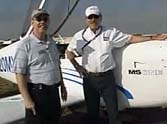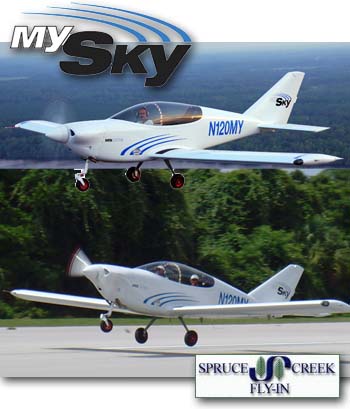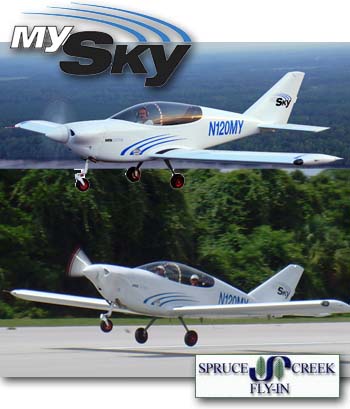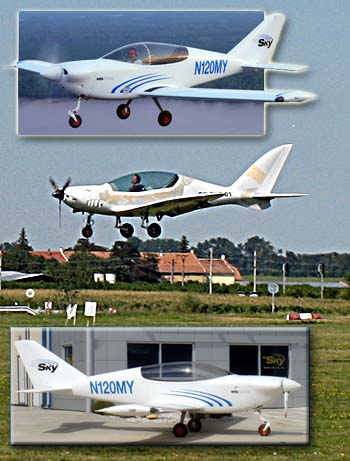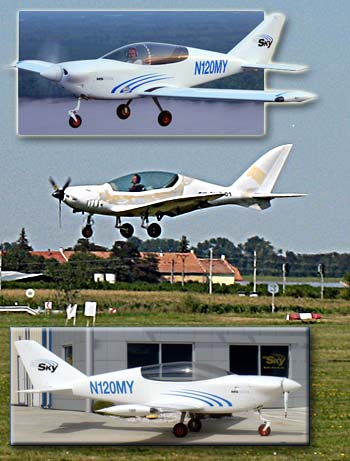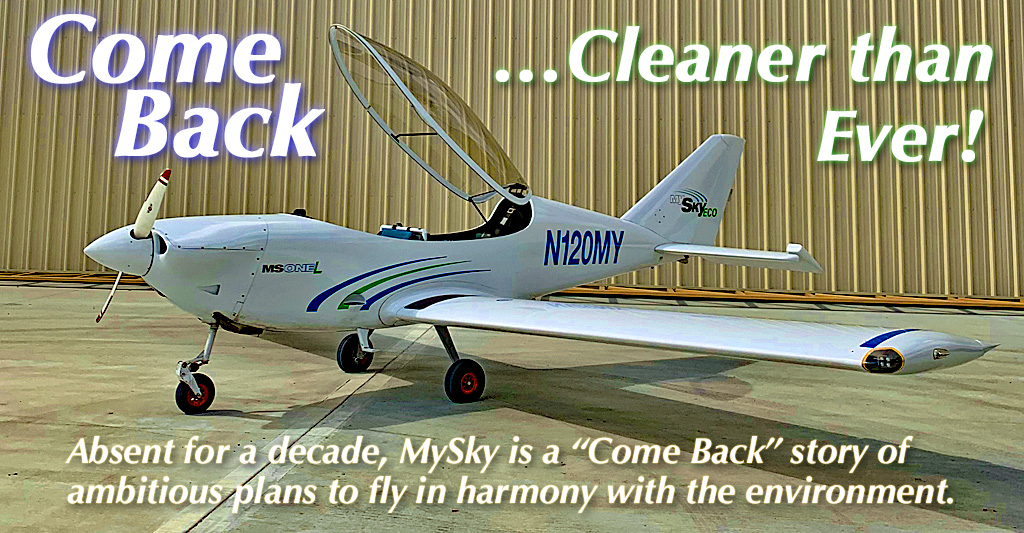
Once upon a time, I was able to report three or more new Special Light-Sport Aircraft every month. That was more than a decade back when the pace of new arrivals seemed faster than a rocket parachute deployment. Lots of airplane developers from all over the globe wanted a piece of this promising LSA action with its greater freedoms and breathtaking pace of innovation. New models were announced with regularity. For the past few years that torrid pace slowed… just as it has in every other industry I’ve examined. However, in aviation it is uncommon for a good airplane to actually disappear forever. Designs worth their avgas often manage a come-back, a term meant to show a return to market for a flying machine some may have written off earlier. Here is such a story. MySky MS-One From the day I laid eyes on it, I liked the tandem seating, comfortable cockpit, and sturdy construction of MySky’s MS-1 or MS-One.


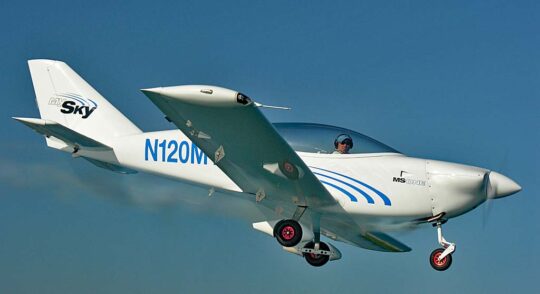 For the past few years that torrid pace slowed… just as it has in every other industry I've examined. However, in aviation it is uncommon for a good airplane to actually disappear forever. Designs worth their avgas often manage a come-back, a term meant to show a return to market for a flying machine some may have written off earlier.
Here is such a story.
For the past few years that torrid pace slowed… just as it has in every other industry I've examined. However, in aviation it is uncommon for a good airplane to actually disappear forever. Designs worth their avgas often manage a come-back, a term meant to show a return to market for a flying machine some may have written off earlier.
Here is such a story.
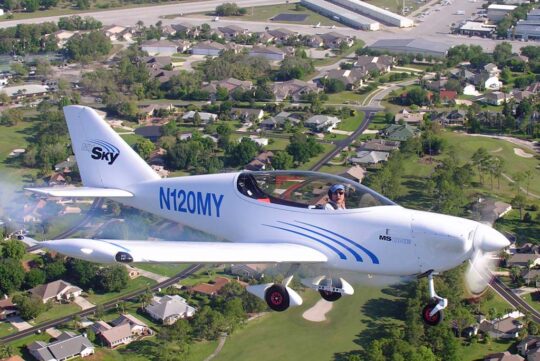 One thing MS-1 did not have going for it: the design arrived to the party amidst so many other new designs that it was easy to get lost in the crowd. Proprietor and principal investor Dieter Canje wisely set the project aside while the dust cleared.
Now it's back and with a splurge of innovation planned.
One thing MS-1 did not have going for it: the design arrived to the party amidst so many other new designs that it was easy to get lost in the crowd. Proprietor and principal investor Dieter Canje wisely set the project aside while the dust cleared.
Now it's back and with a splurge of innovation planned.
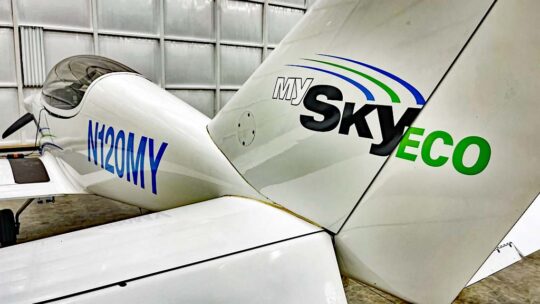 "MySky MS-1 is making a comeback, with an ecological twist," said Dieter. "We believed our MySky MS-1 was a promising light aircraft project about 10, 12 years ago. Unfortunately, MySky Aircraft never made any efforts to put the model into production."
The backstory is worth exploring. Let's answer a few questions.
"MySky MS-1 is making a comeback, with an ecological twist," said Dieter. "We believed our MySky MS-1 was a promising light aircraft project about 10, 12 years ago. Unfortunately, MySky Aircraft never made any efforts to put the model into production."
The backstory is worth exploring. Let's answer a few questions.
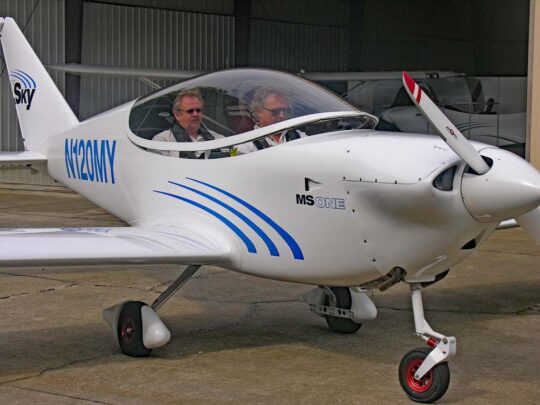 Why did you not put MySky MS-1 in production in 2010?
Why did you not put MySky MS-1 in production in 2010?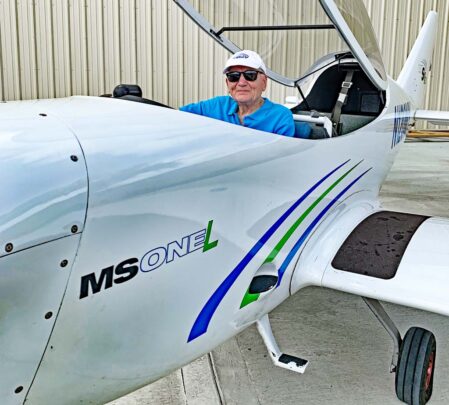 "In 2015, we formed MySky Eco with the intent to modify MS-1 into an electric aircraft," Dieter said. "But we found that the time was not ready yet. Even now, endurance and range limits its use to flight training. However, there is strong demand in this market segment."
"In 2022, environmental concerns are taken much more seriously by a large percentage of the general population," believes Dieter. "If we in the aviation industry, be it light or commercial aviation, cannot demonstrate that we are doing our part to mitigate our environmental impact, we will run into problems. It is in our own interest to do something to reduce the environmental footprint of aviation as soon as we can."
This is where MySky ECO, Inc., comes into play with a 5-step program with the final goal to create a totally emission-free aircraft.
"In 2015, we formed MySky Eco with the intent to modify MS-1 into an electric aircraft," Dieter said. "But we found that the time was not ready yet. Even now, endurance and range limits its use to flight training. However, there is strong demand in this market segment."
"In 2022, environmental concerns are taken much more seriously by a large percentage of the general population," believes Dieter. "If we in the aviation industry, be it light or commercial aviation, cannot demonstrate that we are doing our part to mitigate our environmental impact, we will run into problems. It is in our own interest to do something to reduce the environmental footprint of aviation as soon as we can."
This is where MySky ECO, Inc., comes into play with a 5-step program with the final goal to create a totally emission-free aircraft.
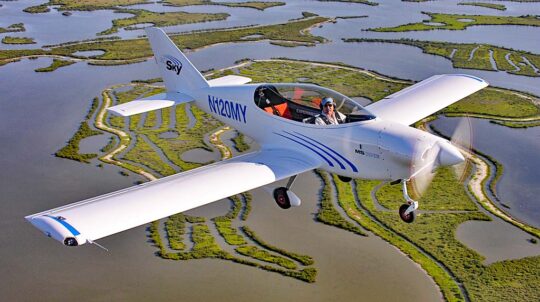 What is MySkyECO MS-1L?
What is MySkyECO MS-1L?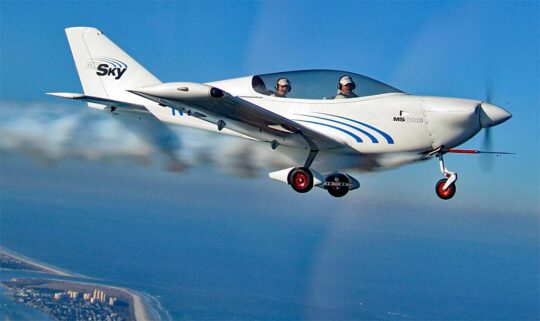 Can a tandem aircraft be used for flight training?
Can a tandem aircraft be used for flight training?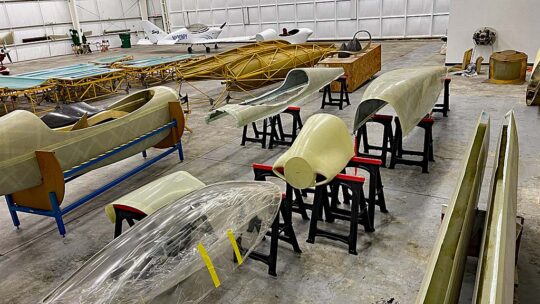
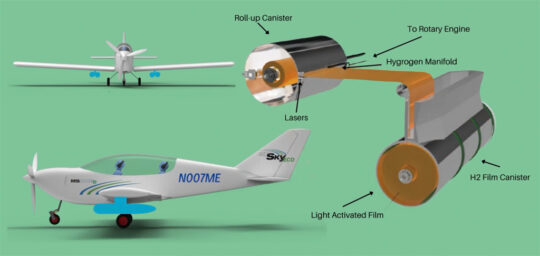 Electric has appeal but a method of extending range on an electric airplane would be useful for longer missions than flight training. "We are working on a range extender based on the rotary engine concept, using Jet-A," said MySky.
"Our
Electric has appeal but a method of extending range on an electric airplane would be useful for longer missions than flight training. "We are working on a range extender based on the rotary engine concept, using Jet-A," said MySky.
"Our 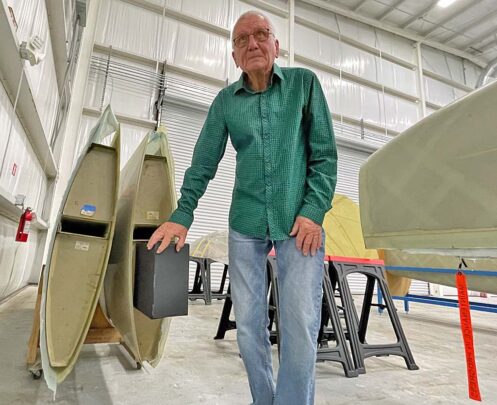
 The following video shows MySky's longer-term vision of cleaning up the skies. Most pilots can see that such improvements are far more likely on light aircraft aircraft than, say, airliners.
https://youtu.be/wjV16BG-P0s
This vintage video was recorded 12 years ago but provides a good review of MySky's MS-One. (Please remember that video and microphone quality were not as good as today's hardware. The audio is a bit noisy but you can hear all words easily.)
https://youtu.be/VucBkKB4Scg
The following video shows MySky's longer-term vision of cleaning up the skies. Most pilots can see that such improvements are far more likely on light aircraft aircraft than, say, airliners.
https://youtu.be/wjV16BG-P0s
This vintage video was recorded 12 years ago but provides a good review of MySky's MS-One. (Please remember that video and microphone quality were not as good as today's hardware. The audio is a bit noisy but you can hear all words easily.)
https://youtu.be/VucBkKB4Scg